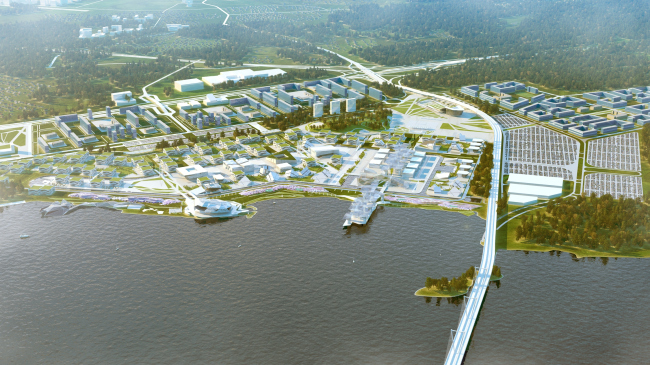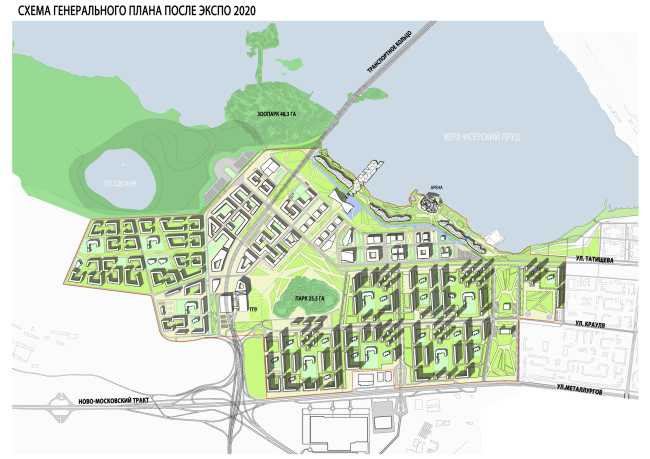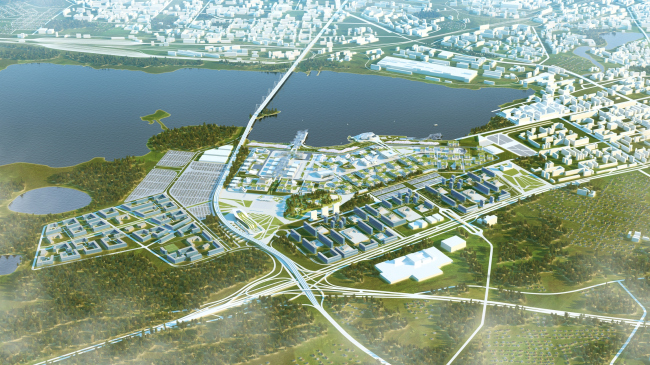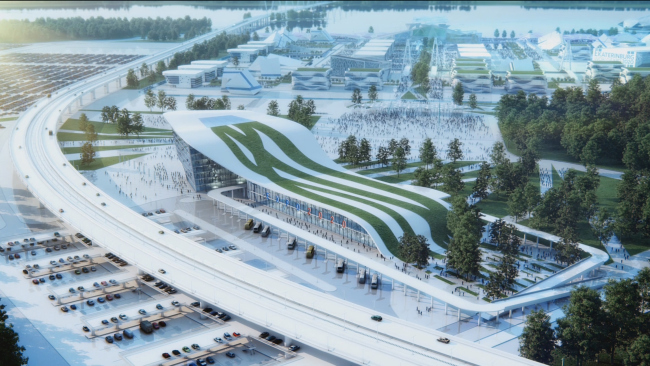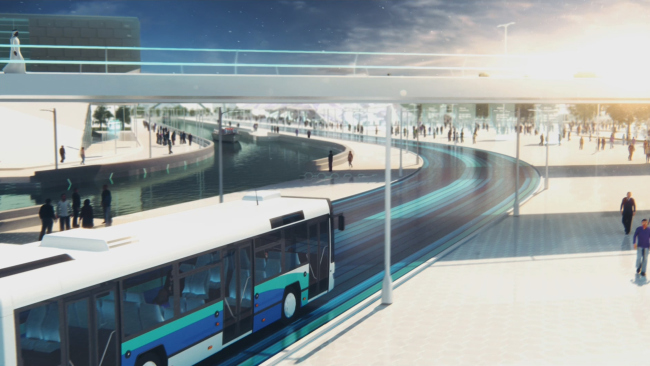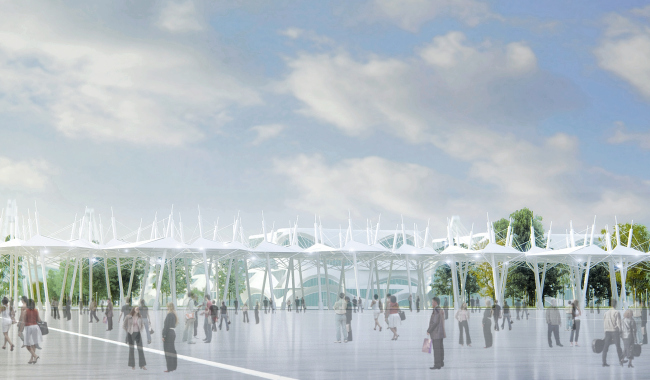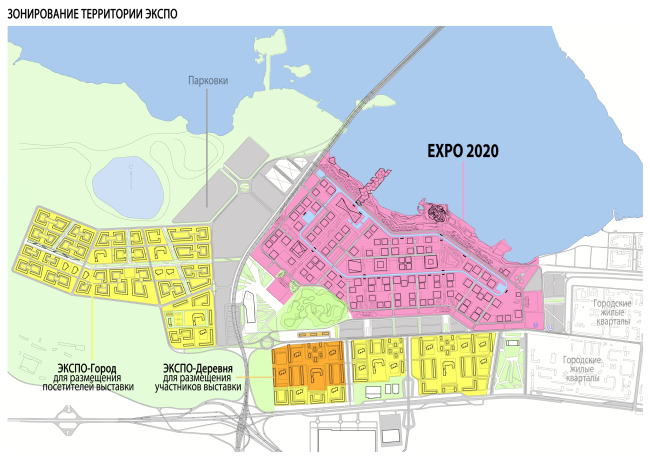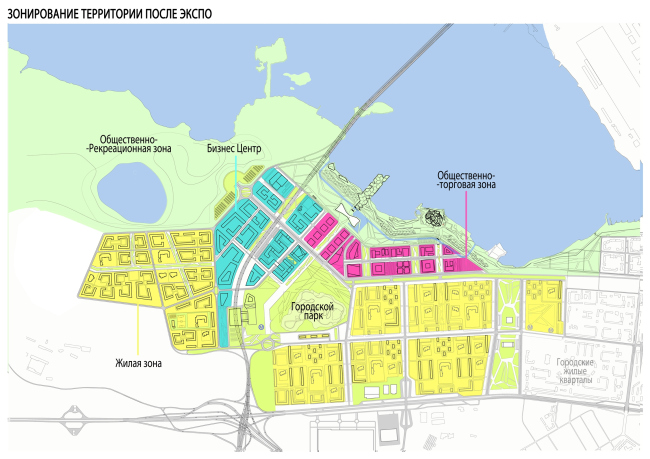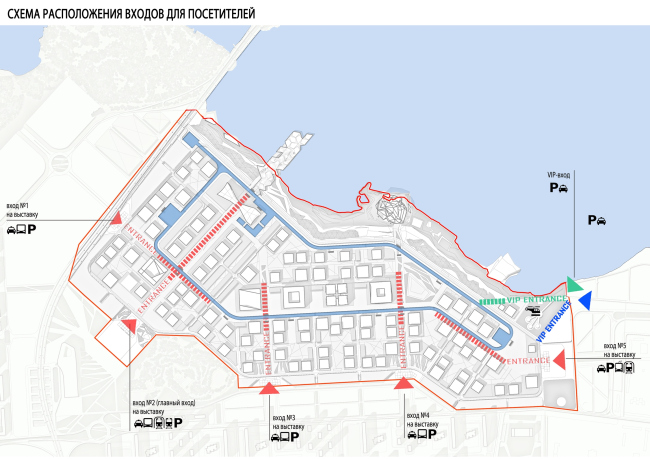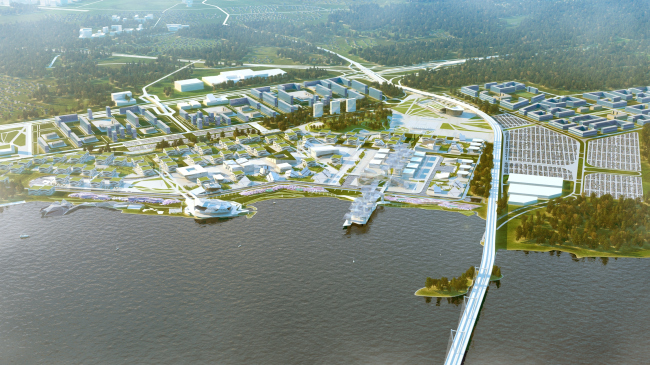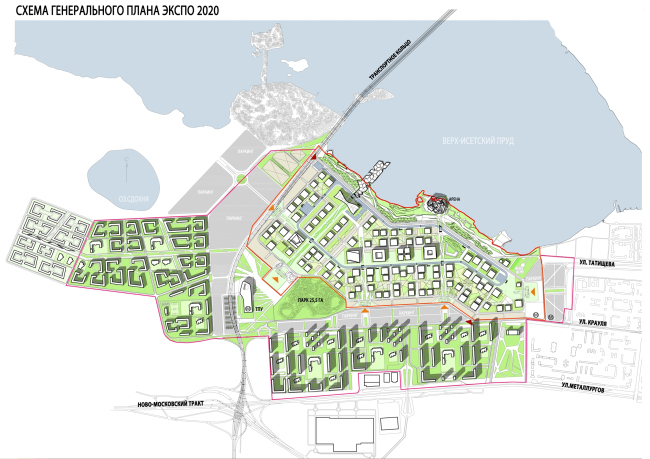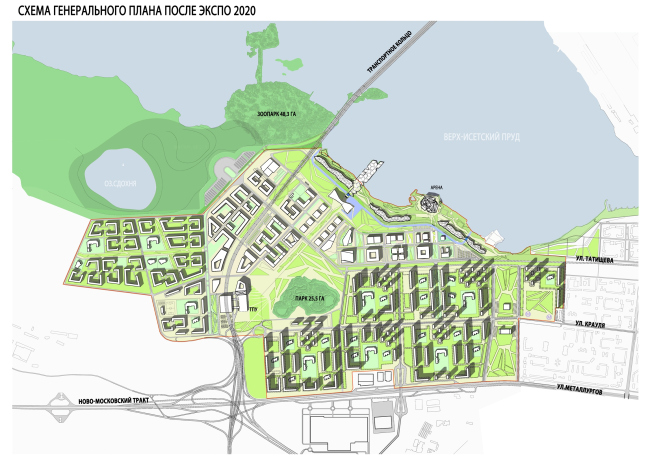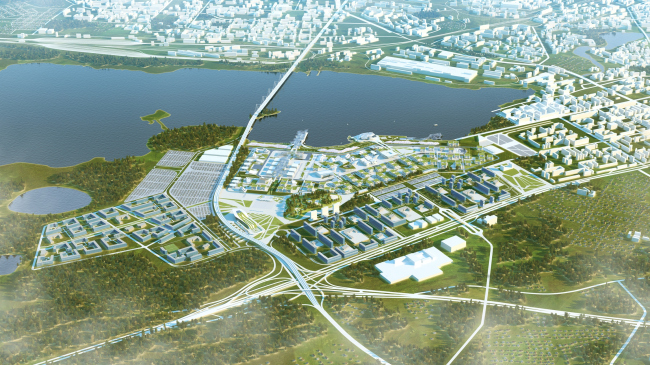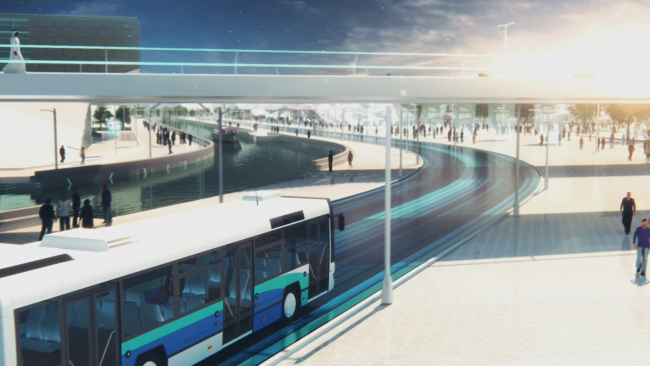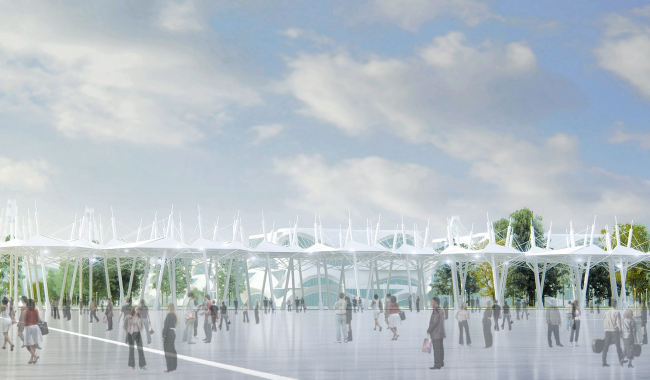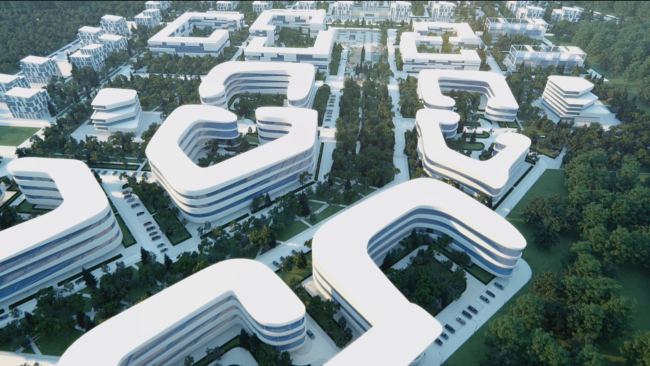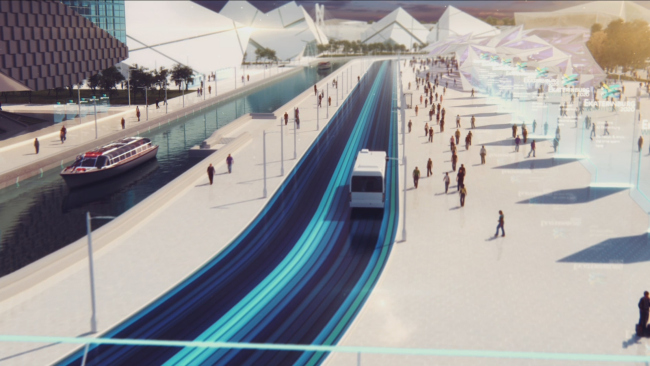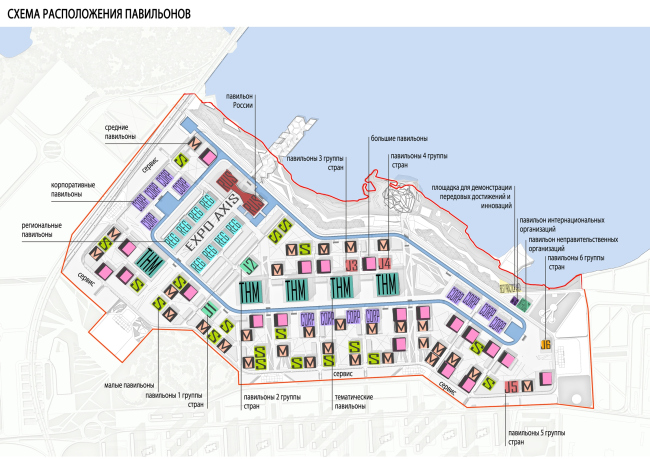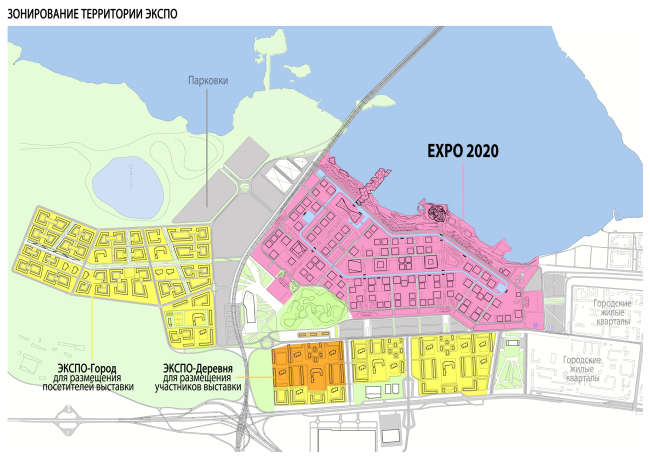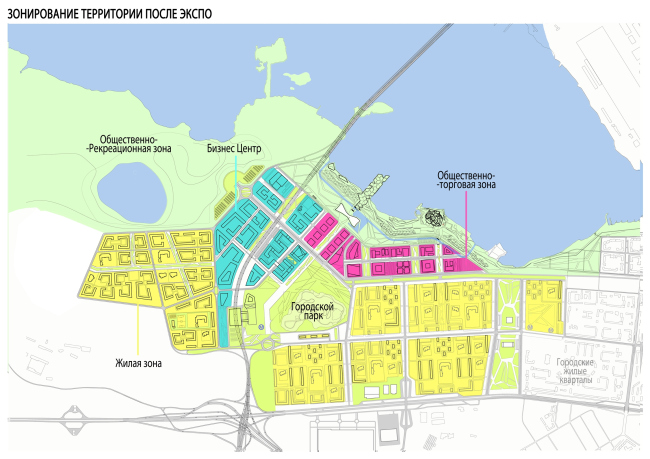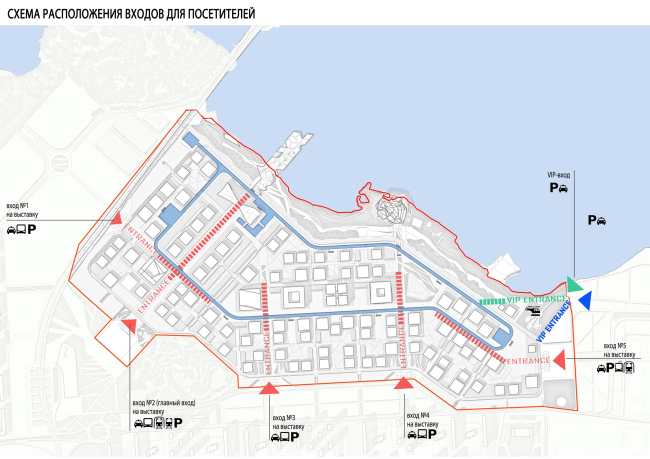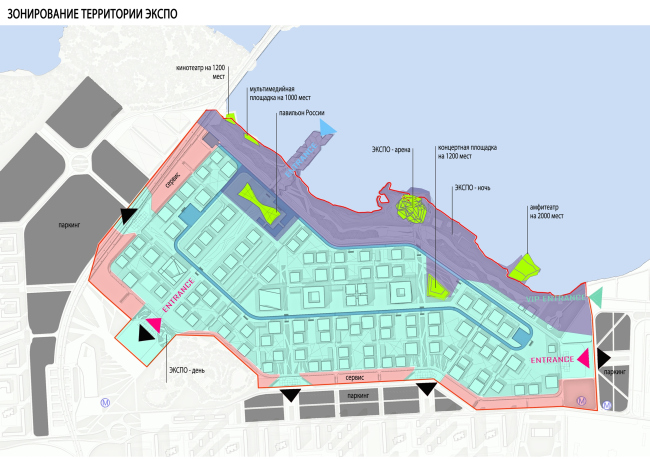|
Published on Archi.ru (https://archi.ru) |
|
| 26.08.2013 | |
|
Crystal of Reason |
|
|
Tatiana Shovskaya |
|
| Architect: | |
| Boris Levyant | |
| Studio: | |
| ABD architects | |
|
For Yekaterinburg’s bid book for the right to host the World Universal Exhibition "Expo-2020", ABD Architects developed a concept of arranging the exhibition facilities.
At the end of this year, in
This exhibition is not only a
major international event, but also a very effective way to stimulate the
development of the city and the region where it is organized. That is why the
project of ABD architects provides not only for the "Expo" with all
the necessary facilities, but also a strategy to use these facilities after the
event. After the exhibition is over, the greatest changes will be made in the
first place to the expo park: some pavilions will be dismantled and utilized;
some will be turned into office and cultural spaces, while the residential and
public buildings will become the residential stock of the city.
As the area for
The transport plan of the
territory of the future exhibition was developed with consideration of the
already-approved project of highway development in
The main entrance into the
Expo-park is located in the immediate proximity from the transport terminal. In
addition, the exhibition area will be accessible by city bus directly from the
city center, and from the
The existing streets of
Yekaterinburg set the main axes of the newly-designed territory of the
Expo-Park and its residential quarters, which, according to the architects'
plan, will ensure a maximally organic inclusion of the improved section into
the already-formed structure of the city. However, this was only one of the
challenges faced by the authors of the concept. The layout of the expo area
took into account all sorts of factors. Among others, this was the uniformity
of the distribution of the points of attraction and services for the visitors,
and the ease of finding one's bearings at the exhibition, and the accessibility
of each specific pavilion. Totally, the exhibition will consist of 103 pavilions
- these will form the squares, and these squares, in turn, will be
"strung", very much like beads on the main pedestrian axis that will
stretch from west to east.
As is the custom at “Expo”, the
large exhibiting countries are building their pavilions by themselves, while
the smaller countries occupy the so-called "joints" that are going to
be built by the on-venue construction company. Besides, the exhibition is going
to feature quite a few of "corporate" and "theme' pavilions, as
well as the pavilions of federal regions of
After the pavilion of
The theme of “EXPO -2020” is
already known - “Global Reason”, and, of course, first of all, it will find its
reflection in the exposures of the theme and national pavilions; however, the
authors of the concept wanted it to also show though in the outward appearance
of the exhibition complex. For this purpose, as the key architectural image, a
crystal was chosen - the jagged edges of the pavilions and the white color of
their facades, according to ABD architects, will not only create the right
associations but will also enhance the "Ural" origin of this
"mineral". However, the design of the concrete objects of exhibition
still belongs to the future, as the architects say, sincerely hoping to get to
it after the positive resolution of the International Bureau of Exhibitions.
None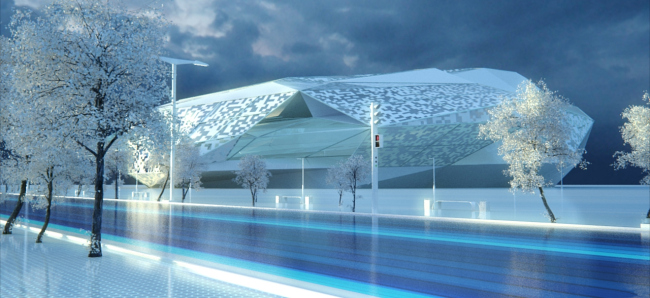 NoneNoneNoneNoneNoneNoneNoneNoneNoneNoneNoneNoneNoneNoneNoneNone |
|

